“The writer’s role is to be a menacer of the public’s conscience. He must have a position, a point of view. He must see the arts as a vehicle of social criticism and he must focus on the issues of his time.”
That’s a quote from Rod Serling, the creator of “The Twilight Zone,” which ran on CBS from 1959-64.
Today, “The Twilight Zone” is thought of first as a sci-fi and fantasy anthology, with a dash of the “morality play” and cool twist endings. The show was definitely that. But it was also a vehicle for Serling and his collaborators to critique the United States’ reactionary, xenophobic, and materialistic behavior, which included the censure and even blacklisting of citizens with socialist or communist sympathies, and the enforcement of racial segregation through violence. The late 1950s and early 1960s were a time of lingering McCarthyism, Cold War paranoia, rampant racism, and relentless pressure to conform to a middle American, white, heterosexual, three-kids-and-a-suburban-house idea of normalcy. Serling knew how to make accessible, entertaining, politically astute art in an era that was repressive and conformist.
Since the show ended in 1964 there has never been a time when American pop culture didn’t have either an updated incarnation of “The Twilight Zone” or something similar. There have been four official “Twilight Zone” remakes. The most recent was overseen by Jordan Peele, no slouch at Serling-esque storytelling. There have also been innumerable “Twilight Zone”-like shows and movies, stretching from “The Outer Limits” and Serling’s own “Night Gallery” through “Darkroom,” “The Hitchhiker,” “Amazing Stories,” “Tales from the Crypt,” and “Black Mirror.”
Both “Twilight Zone” and its template endured because Serling and company made a point of working in metaphors, symbols, and buried analogies. They borrowed from science fiction, fantasy, parables, fairy tales and experimental theater to comment on American history and what was happening at that moment. The stories were often designed so that anyone could “get” the episode’s surface narrative and most basic alternate interpretation, but if they dug just a bit deeper, they’d realize the show was being more specific in its social criticisms—though in such a way that if network executives or censors or advertisers complained that it was “too political,” the storytellers could shrug and say, “You can read it many different ways. Make of it what you will.”
Photo of Rod Serling from Wikipedia
The 1960 episode “The Monsters Are Due on Maple Street,” for instance, is a warning against mob “justice,” i.e. violence, and the mentality that gives rise to it, subject matter that could be fascinating and instructive no matter who watched the episode. A suburban neighborhood collapses into paranoia and menace, with citizens blaming extraterrestrials for a series of electrical and mechanical oddities and suspecting each other of being secret aliens, while actual extraterrestrials marvel at how easy it is to control humans through fear.
But the episode is more specifically a response to the deep paranoia of 1950s America—not just the McCarthy era, which had only recently started to release its grip on the nation, but the political strategy of choosing an internal enemy and scapegoating them, to stoke dark emotions and make it easier for the bad guys behind the scheme to achieve their goals (profit, political dominance, conformity). “The Monsters Are Due on Maple Street” lays out the mechanisms of that type of manipulation and says that there are always hidden forces profiting from it—individuals who don’t even believe the story but profit from it marvel at the gullibility of those who do. (The 1950s military contractors and the politicians whose re-election depended on military spending defended Sen. Joseph McCarthy, who saw a Red around every corner, even though they knew he was an unhinged alcoholic who “lied all the time.”)
Serling’s closing narration, which a modern writing teacher would probably dismiss as “too on-the-nose,” stops short of saying what, exactly, motivated the episode. “The tools of conquest do not necessarily come with bombs and explosions and fallout,” he says. “There are weapons that are simply thoughts, attitudes, prejudices to be found only in the minds of men. For the record, prejudices can kill, and suspicion can destroy, and a thoughtless, frightened search for a scapegoat has a fallout all of its own.” Today we can readily identify what Serling was actually going on about. But at the time he could say, “Make of it what you will.”
A screaming man in “The Monsters Are Due on Maple Street,” a “Twilight Zone” episode in which a small community is consumed by fears that aliens have taken over part of their population.
The best “Twilight Zone” episodes had layers upon layers. Possibly the most famous episode, “Eye of the Beholder,” is also an example of how Serling would provide an easy-to-get layer of metaphor or moral instruction that hid a message only very attentive viewers would catch—and even then, Serling could probably hand-wave that interpretation away if it seemed like the show was in trouble for offending the wrong people. Most viewers who’ve seen the episode remember it being about the relativity of beauty standards, and it is about that (Serling was Jewish and dealt with antisemitism).
But the end suggests an additional reading: as the patient tries to escape the hospital where her captors have been trying to make her pig-faced like everyone else in that society, we see a uniformed authoritarian figurehead in a frothing rant on a wall-mounted TV: “Now we know that there must be a single purpose, a single norm, a single approach, a single entity of peoples, a single virtue, a single morality, a single frame of reference, a single philosophy of government! We must cut out all that is different, like a cancerous growth! It is essential that in this society, that we not only have a norm, but that we conform to that norm! Differences weaken us! Variations destroy us! An incredible permissiveness to deviation from this norm is what has ended nations and brought them to their knees!” This is all audio background material in the scene. The first time you watch the episode, you’re likely so invested in the woman’s escape from her captors that you might not register what’s on the monitor, other than that it was abrasive and scary.
Prior to creating “”The Twilight Zone,” Serling wrote original material for some of the weekly anthology and live theater broadcasts that were common on network TV in the ‘50s. He wanted to comment on contemporary American life in a direct and politically specific way. It was possible to do it in a more general way, as in Serling’s TV play “Requiem for a Heavyweight,” remade as a 1962 film, which was both about corruption in boxing and (the subtext) about how capitalism is devoid of empathy and eats people up over the course of their lives and spits them out when they’re too old to be of use. But often Serling met with interference from skittish network executives and representatives of the companies that bought ads on CBS. They all believed that making people think too hard or feel too much would make them less likely to pay attention to commercials during the ad breaks, and even inspire boycotts or legislation if an offense was deemed too great to let pass.
Serling created “The Twilight Zone” after his demoralizing experience writing “Noon on Doomsday,” a teleplay prompted by the case of Emmet Till, a Black 14-year old from Chicago who was abducted, pistol-whipped, mutilated and shot dead by two white locals, Roy Bryant and his half-brother J.W. Milam, while visiting a small Mississippi town, either for whistling at or merely talking to a white woman (accounts varied as to what the perceived offense was). After 67 minutes of deliberations, Bryant and Milam were acquitted of all charges by a white jury. According to RodSerling.com, “one jury member said that deliberations lasted that long only because they stopped to drink soda pop. Not only were Bryant and Milam freed, but they were treated as local heroes.” The two later gave an interview to LOOK magazine in which they “claimed the murder was justified because Till had claimed he was as good as them and he had been with white women before.”
Serling knew if he tried to tell the story of Till’s death in a straightforward way, it would never get anywhere near the public airwaves, so he changed key details, including making Till into an old Jewish man and the killer, in Serling’s words, “a neurotic malcontent who lashed out at something or someone who might be materially and physically the scapegoat for his own unhappy, purposeless, miserable existence.”
Then a reporter who heard the summary commented to Serling that sounded like it was about the Till case, and Serling made the mistake of replying “if the shoe fits.” The resulting story led advertisers and various White Citizens Councils in the Southern states to threaten a boycott of CBS if it aired Serling’s play. Serling then attended a series of 30 meetings in which almost every detail of the Till case that had inspired him was removed, along with details that the network feared might make some viewers think that the story was commenting on the Till case.
Serling created “The Twilight Zone” a year later under the assumption that it would let him say whatever he wanted in an indirect way, within the framework of genre storytelling, and be at least somewhat insulated against censure or dilution. Serling was following a path laid down by writers and artists in a lot of different cultures who had more to lose than their income—including ones who were, at that very moment, being persecuted by dictators in Eastern Europe, Asian and Africa for daring to critique the forces in charge of their societies, and had to either try to escape to some other country or couch their critiques inside of genre tropes and figurative language (the strategy of sci-fi writers in Eastern bloc countries).
Serling never faced the kind of miseries endured by Soviet writer Aleksandr Solzhenitsyn, who in 1945 was imprisoned for eight years in a gulag for the crime of criticizing Josef Stalin’s leadership during World War II in a private letter to a friend. He had to have his three-volume 1968 book series about the experience, The Gulag Archipelago, published by underground presses in his home country. It wasn’t published internationally until 1973 in Paris. Serling never experienced anything like that. He was a well-off American in a repressive but not-yet-openly-fascist country, and could afford good lawyers if he needed them.
But he was an empathetic and imaginative person who was instinctively on the side of the underdog, sympathetic to those who had suffered in ways he had not. He realized that the best way to express camaraderie and reach millions of viewers who might respond to his brand of progressive humanism was to come at the material from an unexpected angle—in such a way that he could push right up to the edge of being explicitly political without crossing over and triggering retribution.
Make of that what you will.
You can view the original article HERE.

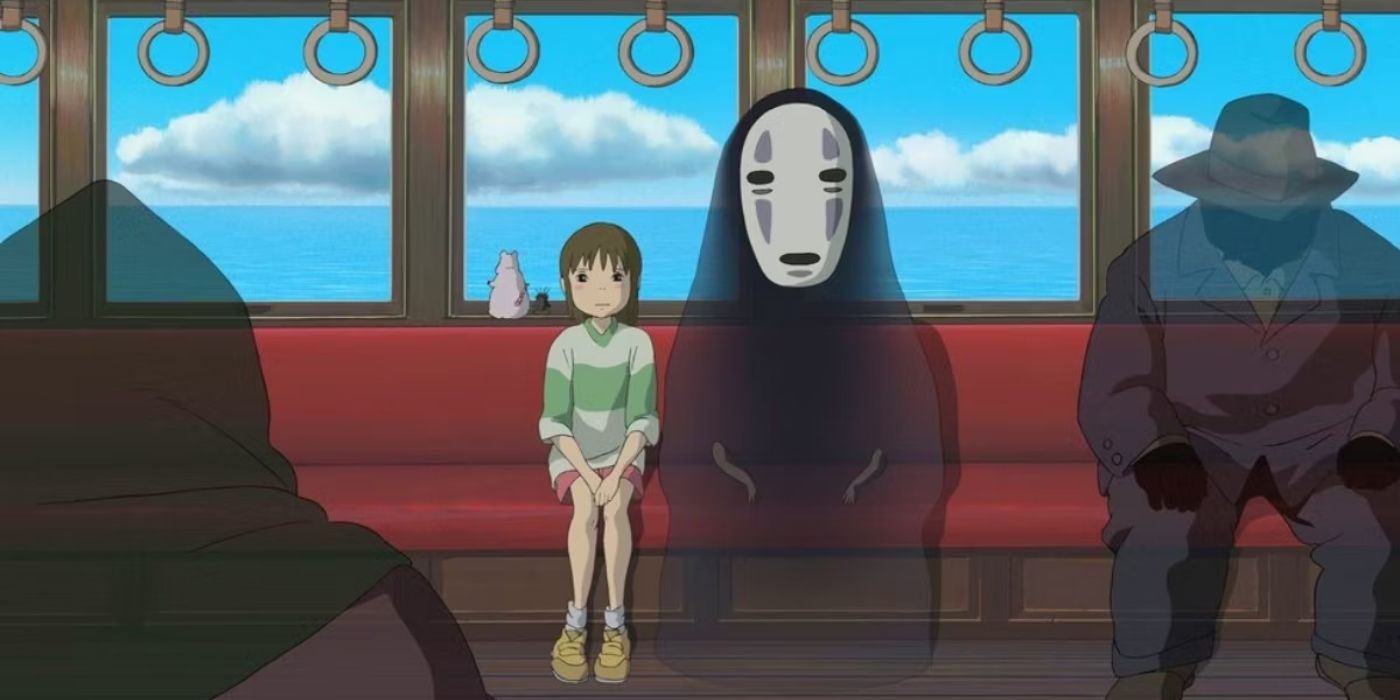










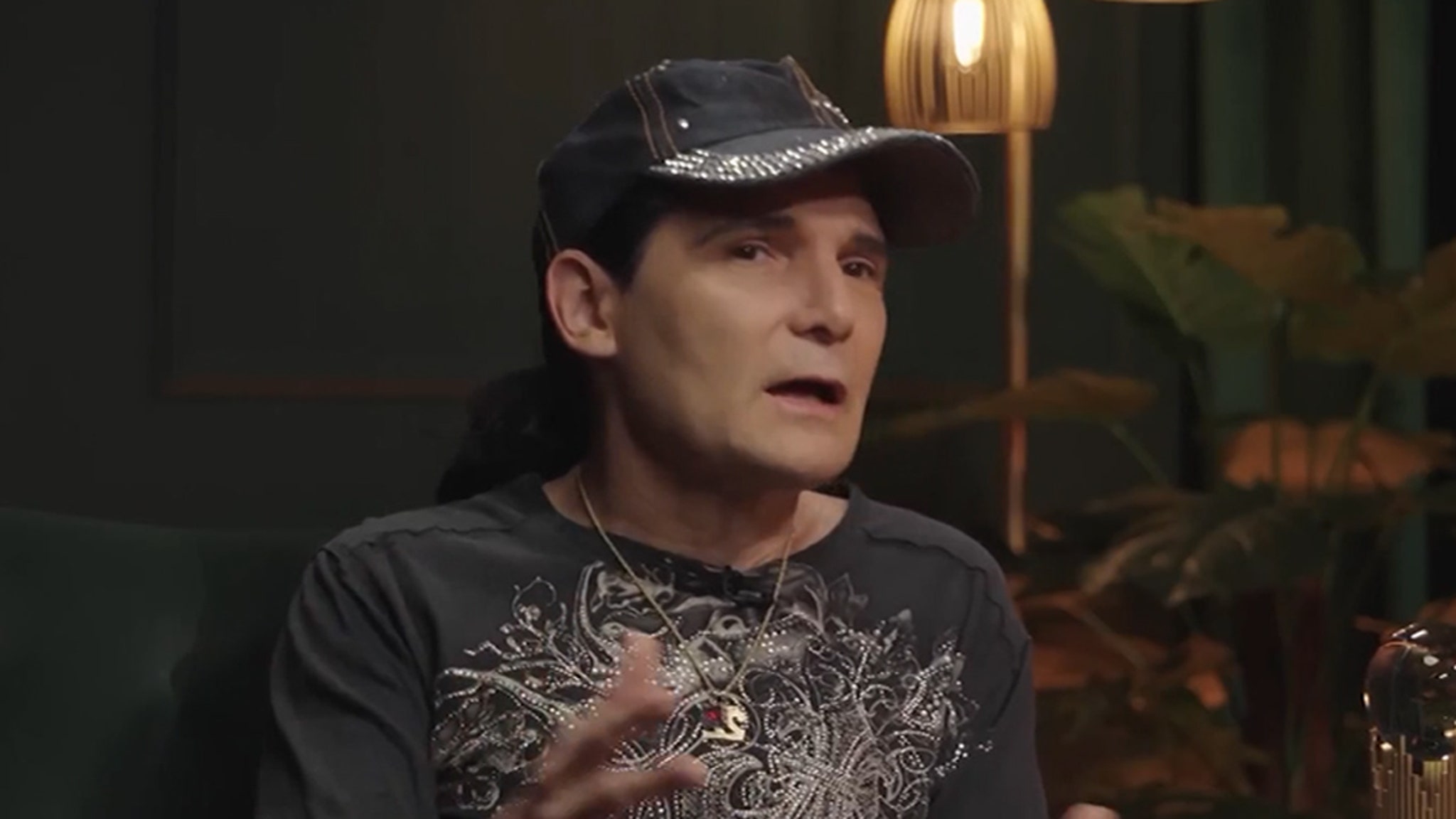

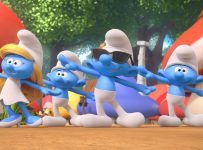





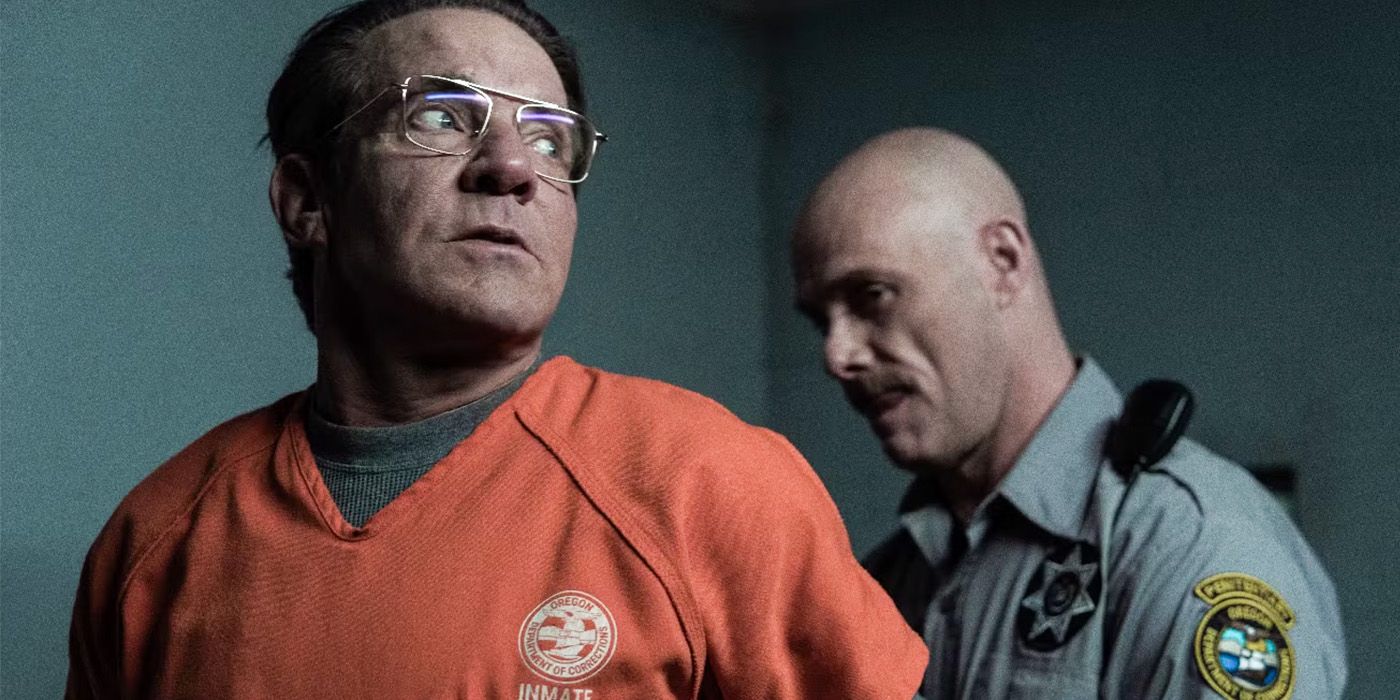

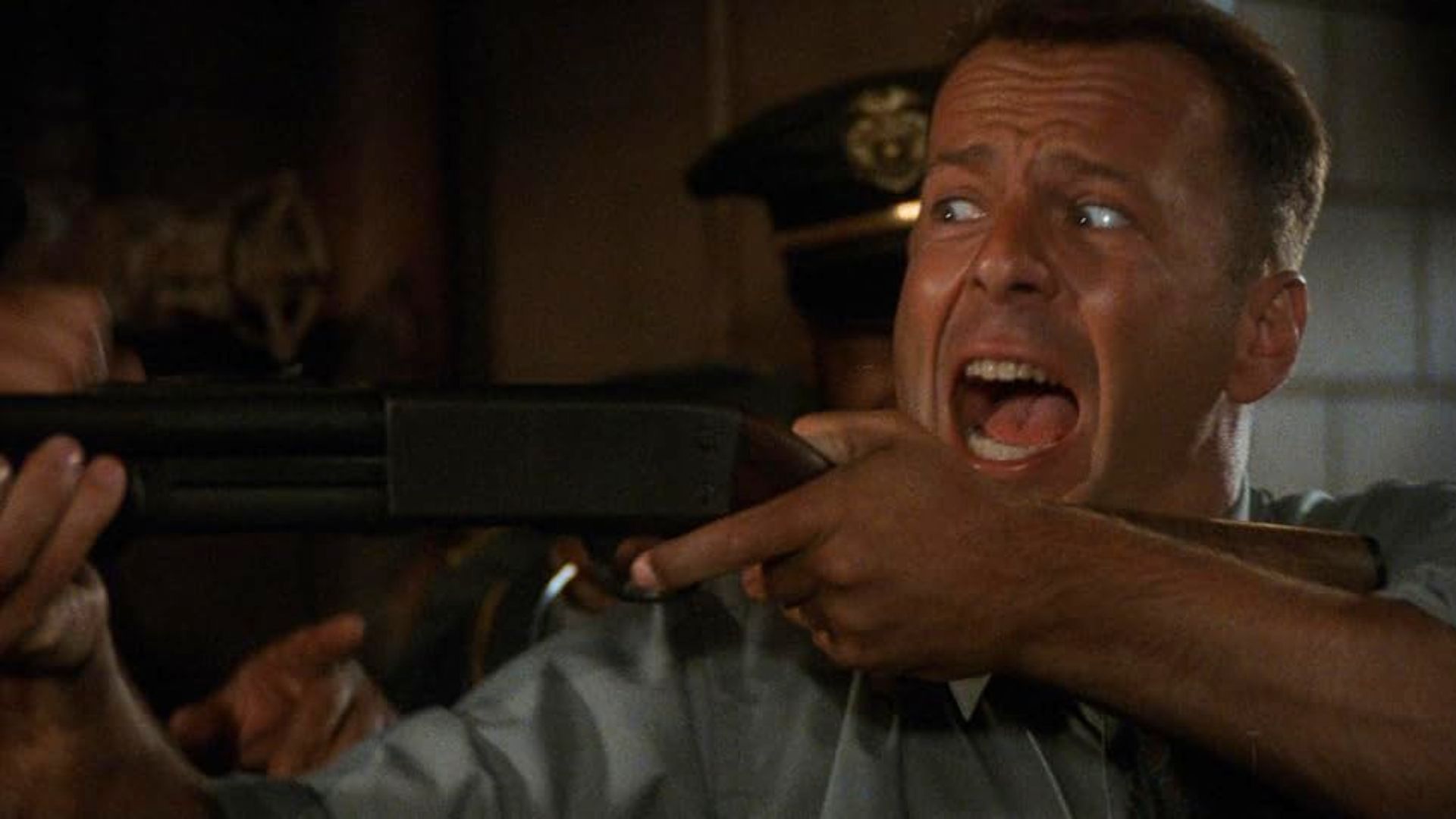




:quality(85):upscale()/2024/07/29/849/n/1922564/ccbd576766a7ec1c9a9939.03806205_.png)

:quality(85):upscale()/2025/03/27/355/n/1922564/200a549867e4fedbb431f6.99392381_.jpg)
